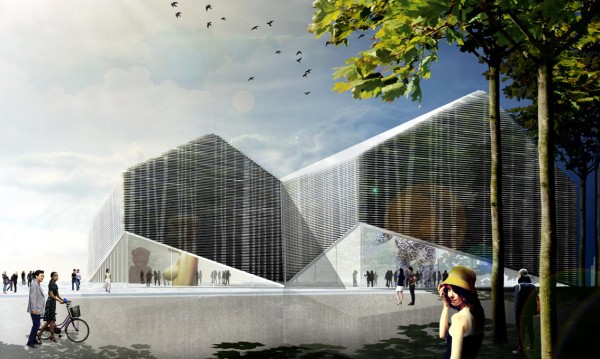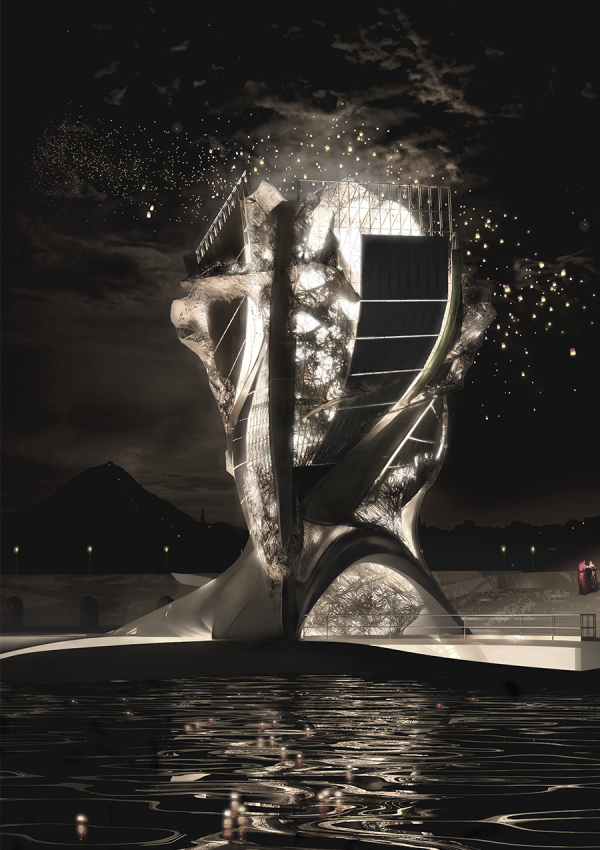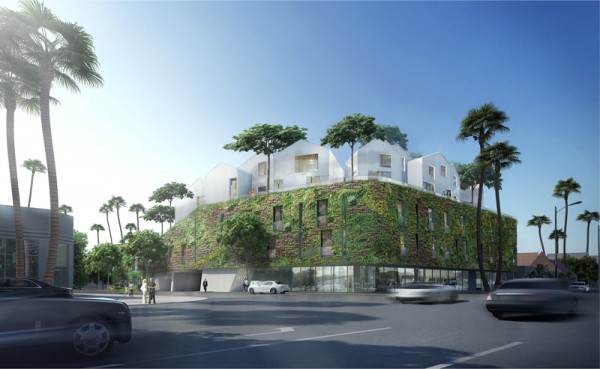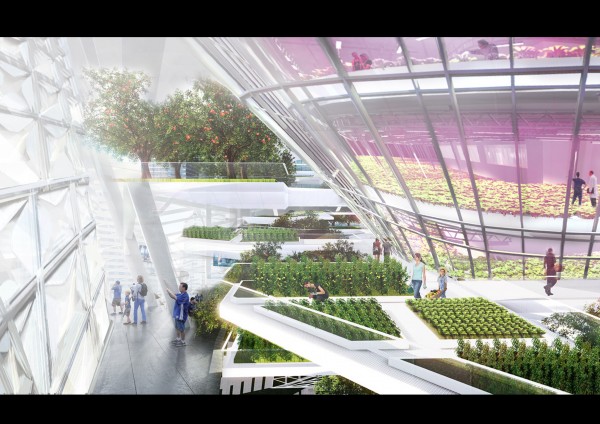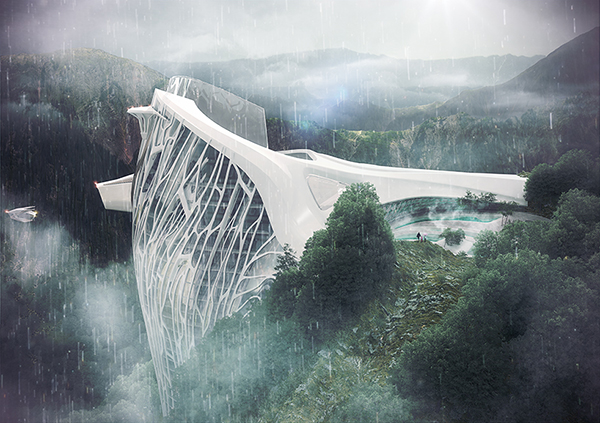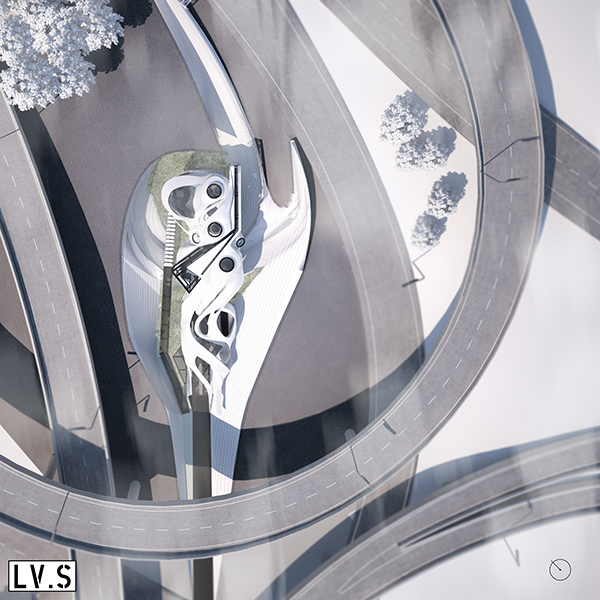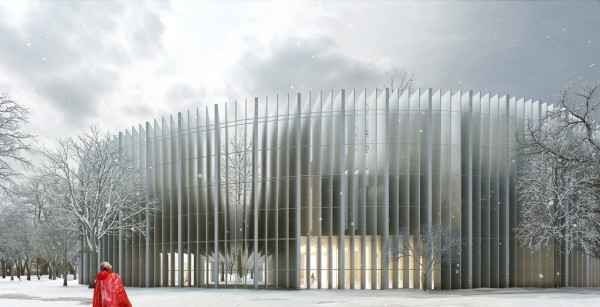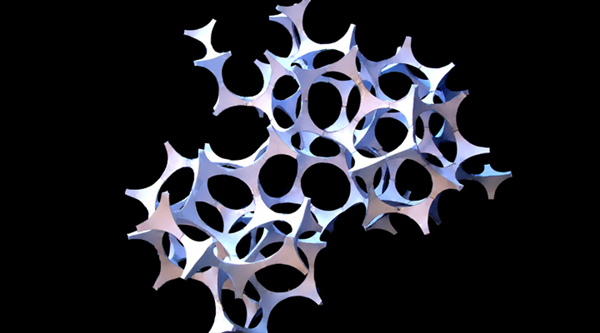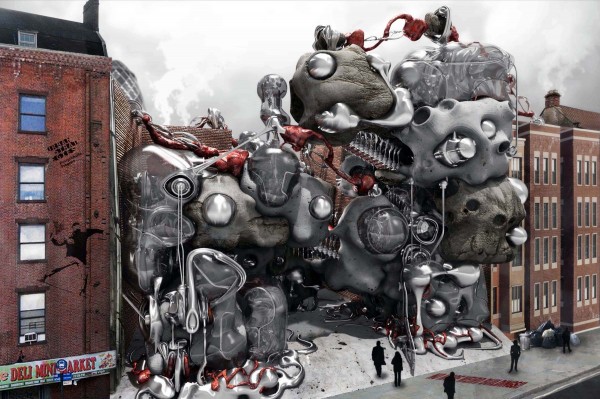The Wood Shed project designed by HAO / Holm Architecture Office is situated along the coast, a short drive from Taipei in Taiwan. The project is designed as an adaptive reuse project around an existing shed structure, re purposing all of the existing structure.
The building design takes it inspiration from the unique forest and nature located in Taiwan, creating a new building envelope that blends naturally into its surroundings.
A series of vertical wooden fins create natural shading for the shed interior and creates a consistent pattern that defines the entire shed volume as a built forest. Each fin has a series of small extrusions that, when stacked horizontally, creates the forest pattern that defines the shed exterior. The new facade pattern creates a seamless integration into the natural surroundings of the shed making the building one with its surroundings.
On the interior the roof and parts of the shed sides have clear polycarbonate facades to allow for control of changing weather conditions as well as integrated lighting.
“With the Wood Shed project we wanted to redefine the mainstream shed volume to directly reflect the beautiful surroundings of the Taiwan landscape. The project reuses the existing long span steel structure, keeping a completely flexible interior plan which allows the building to be used for a multitude of programs ranging from storage to exhibition space.” – Jens Holm (director, HAO) Read the rest of this entry »

